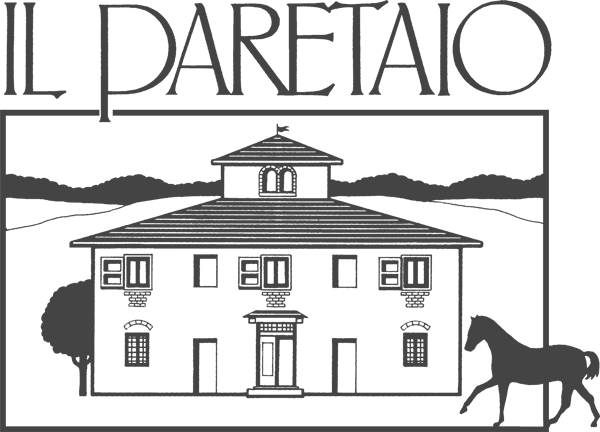The psychology of learning is an extract from the book "Zen Mind Zen Horse" by Allan J Hamilton.
While each of us may possess different abilities to draw upon our right-hemispheric functions, the principles of training are universal. For example, I can (bribe) my dog to lye down. He will do it willingly and look up expectantly for his just reward -say, a piece of hot dog. But I can't get my horse to vault over a jump standard for a carrot.
Why?
Predators thrive on rewards - the foundation of stimulus-response (SR) training. The principle of SR is that the occurrence of a desired response will increase if we pair the behavior with a reward.
Pleasure centres in the brain
Ultimely the nature of our ability to acquire experiences and link them as stimuli to a particular set of responses (be their positive or negative) directly relates the basic wiring of our brains. Deep within our cerebral emisphere there are structures that qualify and quantify our experiences by connecting them to positive or aversive sensations. This loci include the hypothalamus (deep behind our eyes at the bottom of our brains), the septum pellucidum (a structure in the mid line of the brain several inches above the plane of the eyes), and most importantly the nucleus accumbens, a pair of structures that are located both in the right and in the left sides, approximately in the middle of the skull and lying a few inches off the mid line.
The nucleus accumbens and septum pellucidum are important not only in the immediate sensations of pleasure, like sex or eating, but also in behaviors like altruism or learning or education. For example, when we feel happy about helping someone in need or learning a favourite subject matter in school, these activities are linked in our memories with pleasant sensations generated in the nucleus accumens and septum pellucidum. We tend to try to repeat or reproduce those behaviors that are associated with more activity in these centers rather than less. In fact, addictive behavior, be it gambling or heroine, is directly linked to excessive and repetitive stimulation of brain activity in these regions.
The hyppothalamus, on the other hand, seems to function more in matters of generalized mood, such as fear or happiness.
All of these structures have been well-perserved through out evolution, and they function in humans much as they do in the other animals. In the end, these mysterious collections of neurons and axonal fibers determine how well we learn; what experiences and relationships give us joy; and to a large extent, what give our lives purpose, but it love, wealth, or spiritual insight. Their electrical activity and circuitry lies at the heart of the matter, of the reasons we want to live and the purposes we wish to fulfill.
HOW HORSES FIT IN
Given this behavioral paradigm, horses are, at first glance, something of an odd fit for SR training. Horses have a dramatically different notion of reward. The predator'sbrain might assertively say something equivalent to, "Hey, I want something to eat." A prey animal's brain, on the other hand, may politely inquire, "What do I need to do to avoid unpleasantness?"
In the context of training, although we can easily pair a stimulus ("Lie down!") with food (hotdog), release is far more vague and elusive. How do we define avoidance? And what priority for avoidance readily comes to a horse's mind? Is a small amount of avoidance sufficient, or must it be substantial?
With training our hypothetical dog, the size of the hot dog is immaterial. While avoidance may be a more difficult reward to quantify and incorporate into training, we can use it effectively toreinforce specific behaviors during training. For this reason, we employ the notion of release as our reward system for SR training. In this context, release is simply defined as a dramatic reduction in pressure: that is, a significant decrease in the amount of chi applied to the horse.
We must be familiar with two important, overarching principles of learning theory in order to understand the structure of training. The first is behaviorism. The second concept is a specific aspect of behaviorism called flooding.
The psychology of learning

News
Staff Il Paretaio
2016-02-19 


